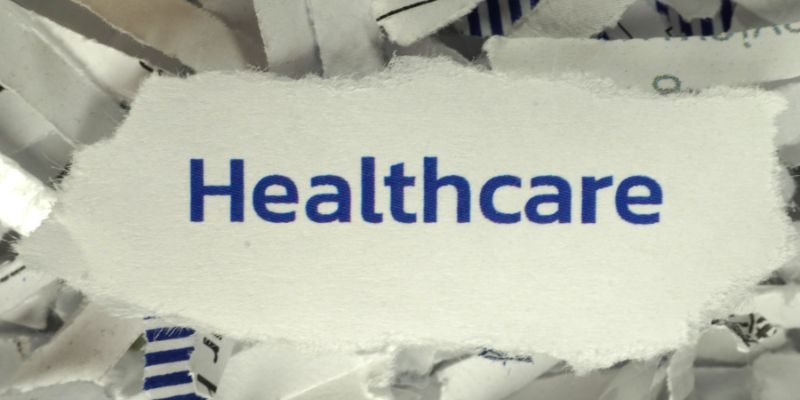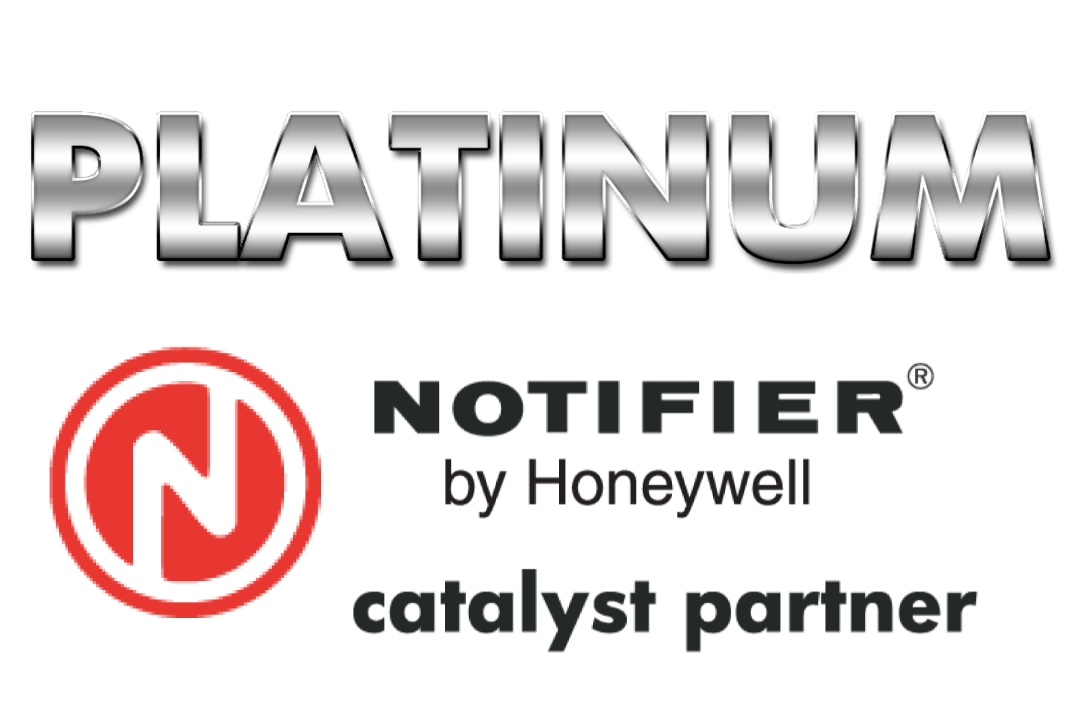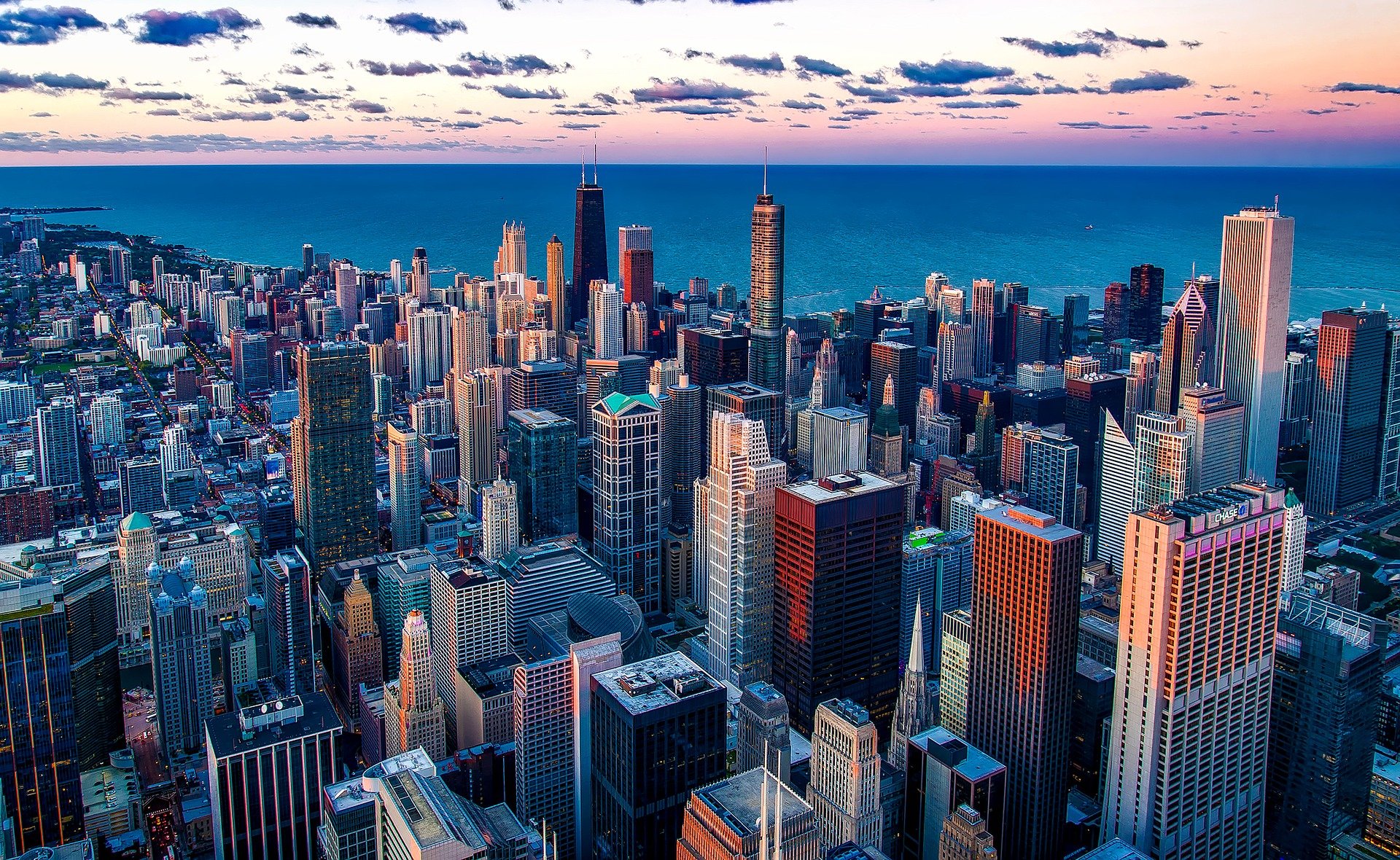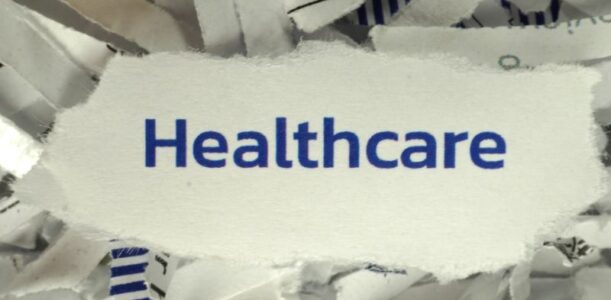
To achieve similar results, healthcare organizations need a multi-layered strategy that integrates security technologies, staff policies, and compliance with industry standards.
NIOSH and the Role of Workplace Violence Prevention
NIOSH, part of the Centers for Disease Control and Prevention (CDC), conducts research and provides guidelines to prevent work-related injuries, including workplace violence. Its recommendations center on comprehensive workplace violence prevention programs featuring:
- Security Technologies: Access control systems, surveillance cameras, and weapon detection screening.
- Staff Training: De-escalation techniques, incident reporting procedures, and emergency communication tools.
- Environmental Controls: Well-lit corridors, clear sightlines, secure entry vestibules, and properly designed nurse call stations (learn more about creating effective nurse call stations).
Facilities that align their safety initiatives with NIOSH guidance not only enhance staff security but also demonstrate measurable improvements in incident reduction and response.
Regulatory Requirements for Healthcare Security
Ensuring security & compliance in healthcare involves adhering to multiple federal and industry regulations:
- HIPAA Security Rule: Mandates administrative, physical, and technical safeguards for electronic protected health information (ePHI).
- Joint Commission Environment of Care & Life Safety Standards: Requires safe, functional, and compliant physical environments.
- NFPA 99: Health Care Facilities Code: Covers fire protection, electrical systems, and medical gas safety to protect patients and staff.
- OSHA Guidelines: Outlines workplace safety protocols, including violence prevention and hazard communication.
Security Technology Components
Technology is critical in delivering quality healthcare security solutions. It’s important to work with an experienced safety and security professional with expertise in commercial safety, particularly for hospitals and healthcare facilities.
- Modern Surveillance & Monitoring Systems
Deploy high-definition cameras paired with AI-driven video analytics to continuously monitor patient rooms, corridors, and parking facilities. These analytics can detect unusual behaviors, such as loitering or unauthorized entry, by flagging anomalies and alerting security personnel in real time, mirroring capabilities used in leading industry platforms. - Access Control Systems
Implement biometric scanners, mobile credentials, and proximity readers to restrict entry to critical areas like pharmacies, data centers, and operating suites. Integrating these systems with a centralized security console enables unified management of user permissions and detailed audit trails. - Panic Buttons & Mobile Alert Apps
Equip staff with GPS-enabled panic buttons and secure mobile applications that instantly notify the security team and central station in emergencies. This rapid communication ensures help arrives without delay, protecting both caregivers and patients.
Emergency Communication & Mass Notification
Emergency Communication and Mass Notification systems are critical for effective evacuation and guidance during emergencies.
- Integrated Communication Tools
Use interoperable devices, such as two-way radios and secure overhead paging, to coordinate responses across security, clinical, and facilities teams. Centralized dashboards allow for seamless dispatch of messages during critical events. - Mass Notification Systems
Automate alerts via SMS, email, and public-address systems to inform staff, visitors, and patients of emergencies. A unified mass notification console lets administrators trigger pre-configured messages instantly, ensuring clear guidance during fires, active-shooter events, or infrastructure failures.
Speak with an experienced commercial life safety and security provider, with expertise in all code regulations including the city of Chicago.
Environmental Design & Engineering Controls
HRSS/SMG offers comprehensive fire and life safety solutions including full system design with an experienced AutoCAD department and in-depth knowledge of all code regulations. We help building owners and contractors make sure that all fire, life safety, and security equipment meets optimum design requirements and regulations.
- Physical Layout & Sightlines
Design nursing units and waiting areas with clear sightlines, minimizing hidden corners. Secure vestibules and lockable interior zones add controlled transition points, reducing the risk of unauthorized access. - Lighting & Visibility
Install uniform, glare-free lighting throughout corridors, parking garages, and exterior walkways. Well-lit spaces deter misconduct and improve camera image quality for reliable monitoring. - Barrier & Reception Controls
Place controlled-access reception desks at all main entrances and deploy barrier systems—such as security glass and transaction windows—to protect staff. Visitor lobbies with electronic check-in kiosks ensure every guest is documented and issued a photo badge before entry.
Staff Training & Policy Development
Businesses can take steps to ensure a safer and more secure environment by following strict safety protocols and training all staff of safety procedures.
- Security Awareness Programs
Conduct regular workshops on violence de-escalation, data privacy, and the correct use of security devices. Staff should recognize warning signs and know reporting procedures to maintain a safe environment. - Emergency Response Drills
Schedule ongoing drills for fires, “code grey” (violent person), and active-shooter scenarios. Clear, practiced procedures reduce confusion and improve outcomes during real events. - Visitor & Contractor Protocols
Enforce electronic check-in, background screening, and mandatory escorts for all non-staff personnel. Robust policies ensure that visitors and contractors remain in designated areas under supervision.
Monitoring, Audits & Continuous Improvement
A comprehensive security & compliance strategy in healthcare requires the seamless integration of advanced technologies, thoughtful facility design, and rigorous staff training, all underpinned by continual monitoring and data analysis.
- 24/7 Central Station Monitoring
Partner with SMG’s certified central station to provide round-the-clock alarm monitoring and rapid dispatch to local authorities. Reliable monitoring services ensure that no alarm goes unnoticed and every incident receives an immediate response. - Regular Compliance Audits
Perform scheduled reviews against Joint Commission, NFPA 99, HIPAA, and OSHA standards. Automated reporting tools facilitate documentation for accreditation surveys and regulatory inspections. - Data-Driven Insights
Analyze access logs, video incident reports, and alarm event data to identify patterns, recurring vulnerabilities, and areas for improvement. Continuous assessment drives targeted upgrades to security protocols and technologies.
By leveraging modern surveillance, access control, mass notification, and central station services, healthcare providers can significantly reduce risks to patients, staff, and sensitive information.
Secure your healthcare facility with a comprehensive security assessment and compliance audit from HRSS/SMG. Our experts will design and implement customized solutions that meet all regulatory requirements and industry best practices. Contact us today to elevate safety, streamline operations, and protect your patients and staff.



